


503rd Engineer Service Battalion, 20th Engineer Regiment
The 503rd Engineers
The 503rd Engineers was established at Camp Merritt, New Jersey early in the war and consisted of many men trained for construction: machinists, electricians,carpenters, truck drivers, and railroadmen. The battalion, commanded by Major John B Hawley, and its four companies sailed on the USS Aeolus on 26 November 1917 and arrived in St Nazaire on 10 December. The voyage was rough; on the 29th of November, Major Hawley reported, "The large dining room table in the Junior Officers' Ward Room jarred loose from its moorings and, like a battering ram, pounded the ivory-finished grand piano into matchwood, no one daring to interfere."
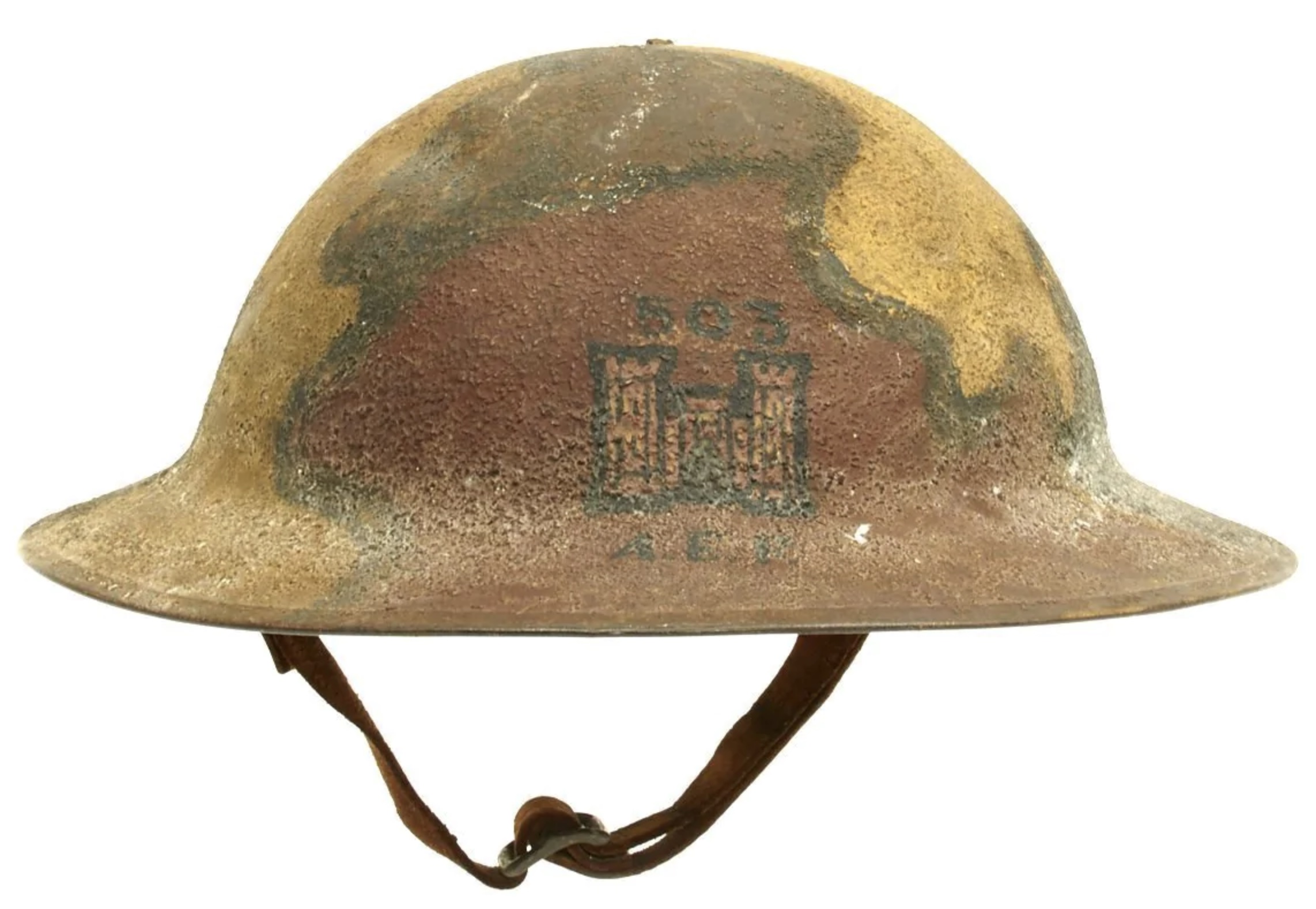
The battalion proceeded to Camp #1 in St Nazaire on 12 December, where it was broken up to support the two battalions of the 10th Engineers, and prepare to receive the 20th Engineers.
The 503rd headquarters and Company B (later the 2nd Engineer Service Company (Forestry)) were attached to the 17th Engineers (Railway). The company's main mission was to build, maintain, and operate short-distance rail to transport lumber and other forestry products.
Company A (later the 1st Engineer Service Company (Forestry)) was composed mostly of recruits from Chicago.
After arrival in France the company, under the command of Lt. Joseph C Jones,
stayed at Camp #1 to help build a dam and reservoir to support local
operations. The company moved on to Gievres where it began a series of missions in support
of the 1st Battalion, 10th Engineers, to include building railroad
sidings, laying track, building barracks and huts, gathering wood, building an ice plant, building
a warehouse, providing water supply facilities, and laying roads.

Byron Oldaker, Company A of the 503rd Engineers was one of the first draftees from Richmond, Indiana
Click to see his draft registration and letter to his hometown newspaper from France
At Vibraye a detachment of Company A was ordered to organize a lumber operation--with virtually no equipment, no transportation, and only an obsolete French umbrella handle factory for a sawmill; no one in the detachment could speak French and no Frenchman in the vicinity could speak English. Regardless, in less than a week logs were arriving at the sawmill and lumber was being shipped out. Other products included telegraph poles for the Signal Corps, ties, pit props, entanglement stakes, and firewood.
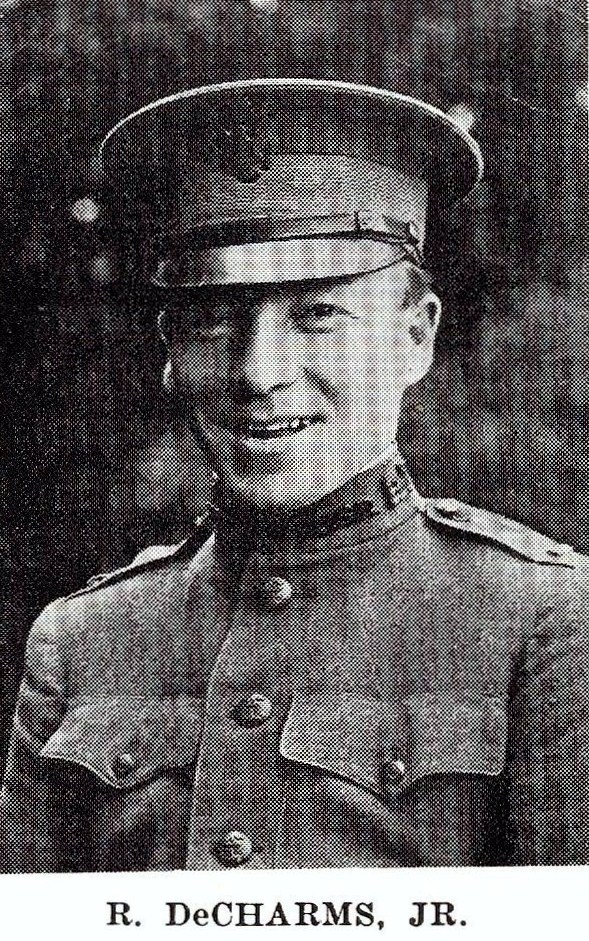
Lt Richard deCharms was first assigned to A Company; later transferred to 21st Engineers.
Click the photo to read his Experience Report with the 503rd Engineers.
Company C (later the 3rd Engineer Service Company (Forestry)) assisted Company in dam construction at St Nazaire and several projects in the Gievres area. Additional projects included construction of a field hospital and operation of a 21-car truck-train.
Company D (later the 4th Engineer Service Company (Forestry)) under Captain Elliott Vandenvanter was ordered to Pontenx, in the Landes region, and attached to the 1st Battalion, 10th Engineers (later the 11th Battalion, 20th Engineers). A detachment of the company was sent to Lake Aureilhan to construct a forestry camp for Company B, 10th Engineers. The camp included a large warehouse, a standard gauge railway spur to connect with the local rail network, and a canal for floating logs from the lake to the mill. To support operations the company constructed and operated six miles of 36-inch gauge railway.
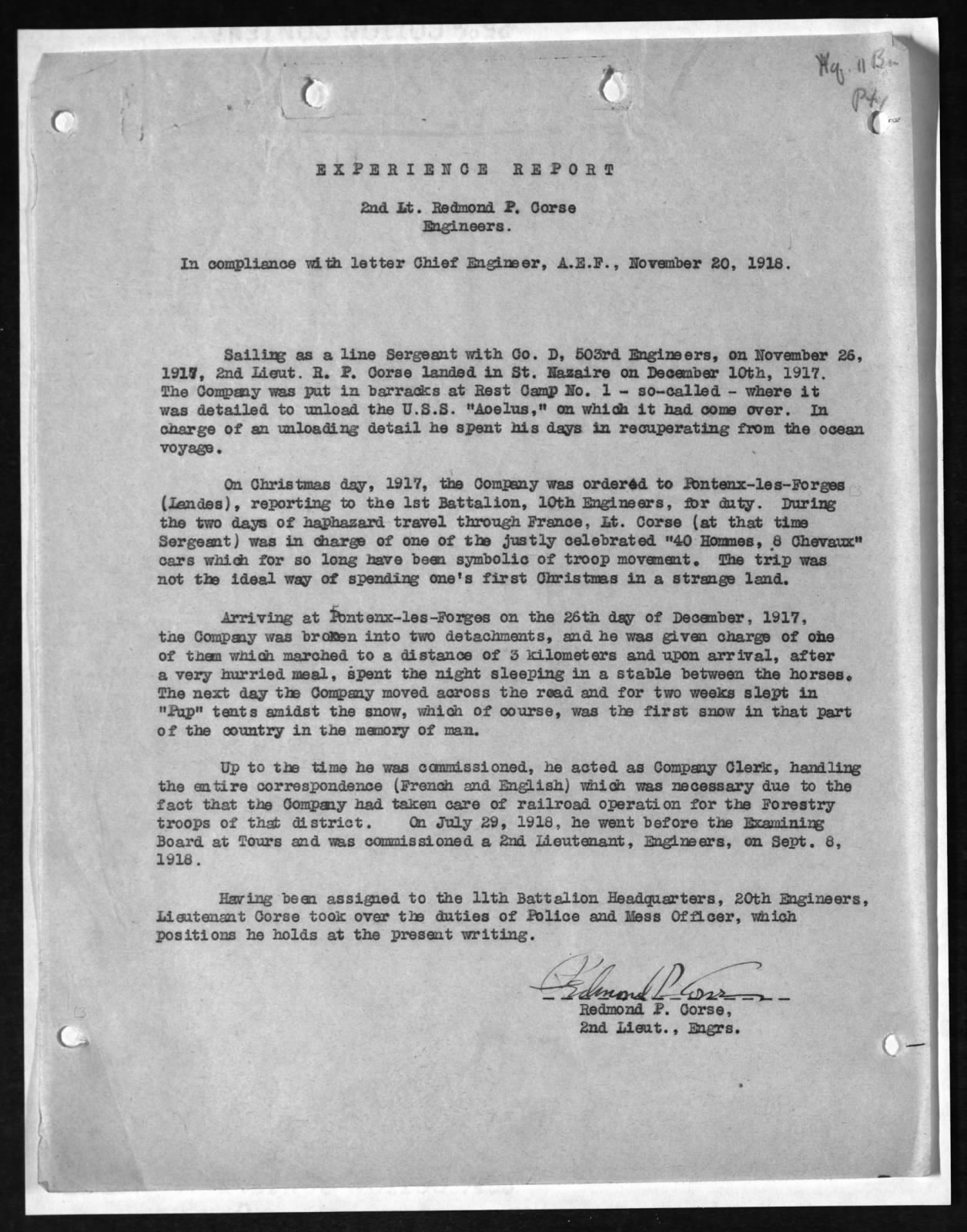
See the "Experience Report" from Lt Robert P Corse, originally in Company D
Late in the war, a detachment of the 503rd under Captain McGeachin had the mission to
transport a pontoon bridge to the Meuse River near Pouilly, to support combat patrols
of the 356th Infantry. [History of the 87th Division, U.S.A., by George H English, Jr, War
Society of the 89th Division, 1920.]
The 503rd Engineers were brought back together as a full battalion in April 1919, and
then sailed home on the same ship, USS Aeolus as they had sailed from the United States in 1917.
There were 18 officers and 955 enlisted men in the 503rd Engineers onboard ship.
See the unit rosters as they were configured for the journey home:
Unit Rosters
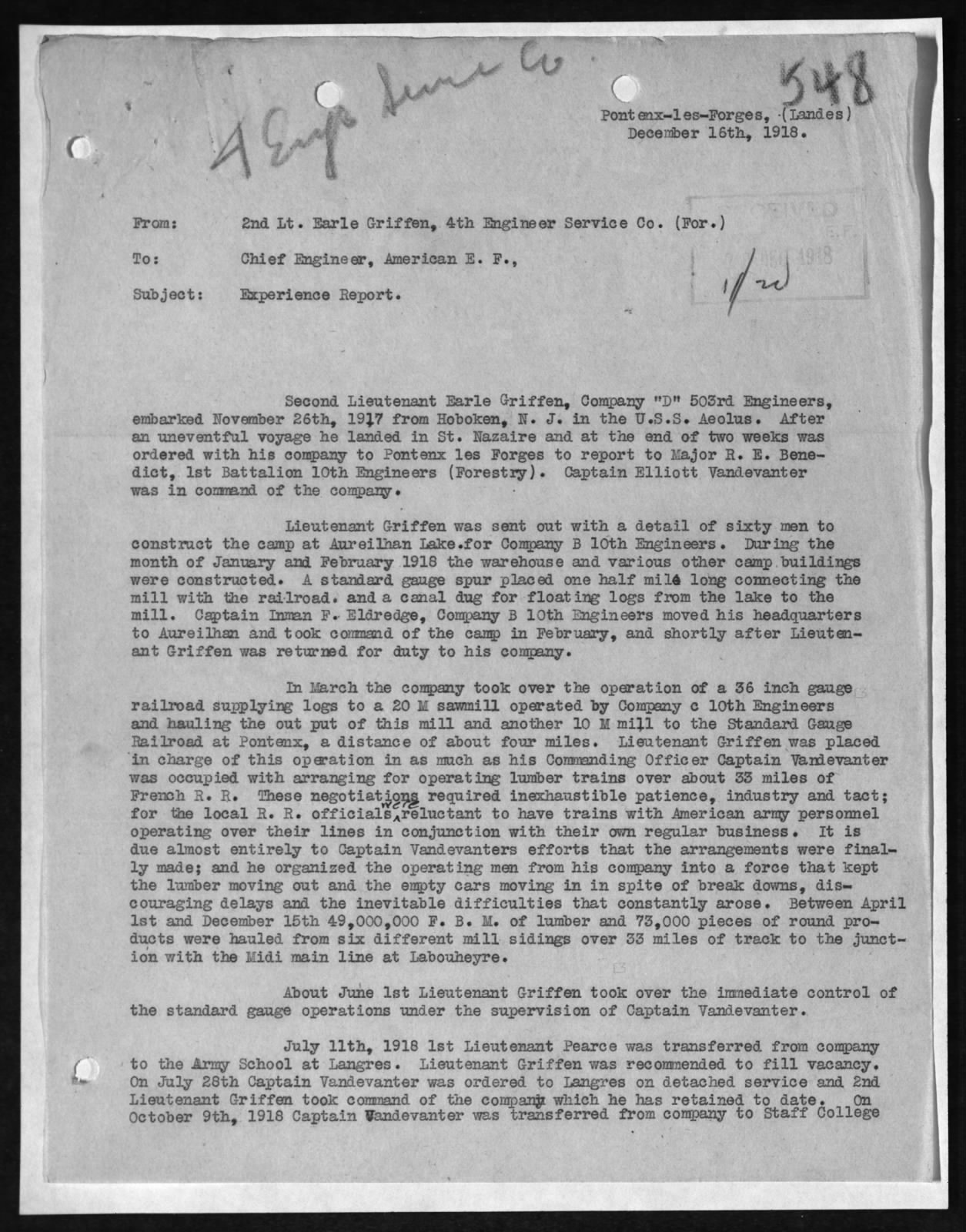
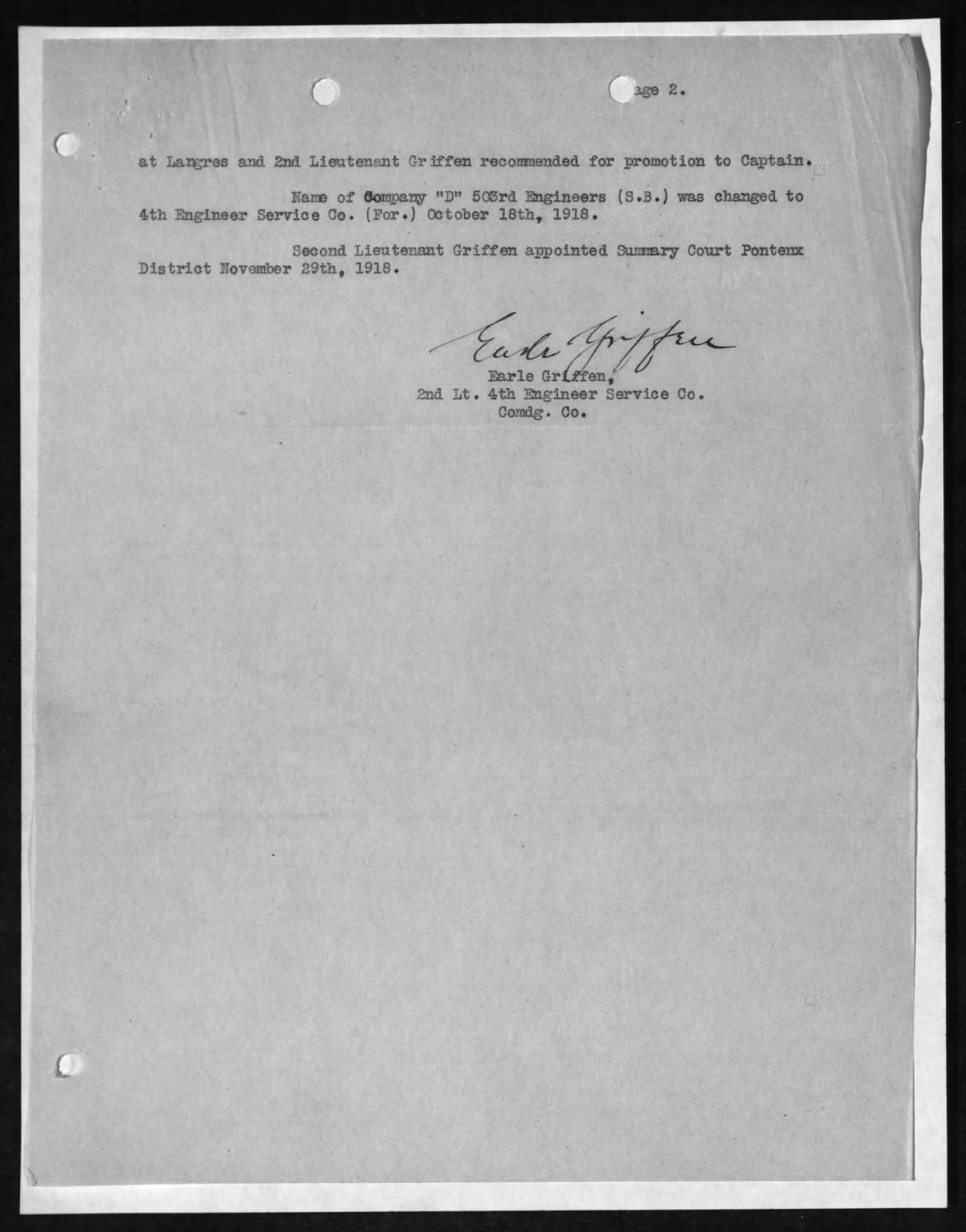
See the "Experience Report" from Lt Earle Griffen, Company D
Headquarters and Medical Detachment
Company A
Company B
Company C
Company D
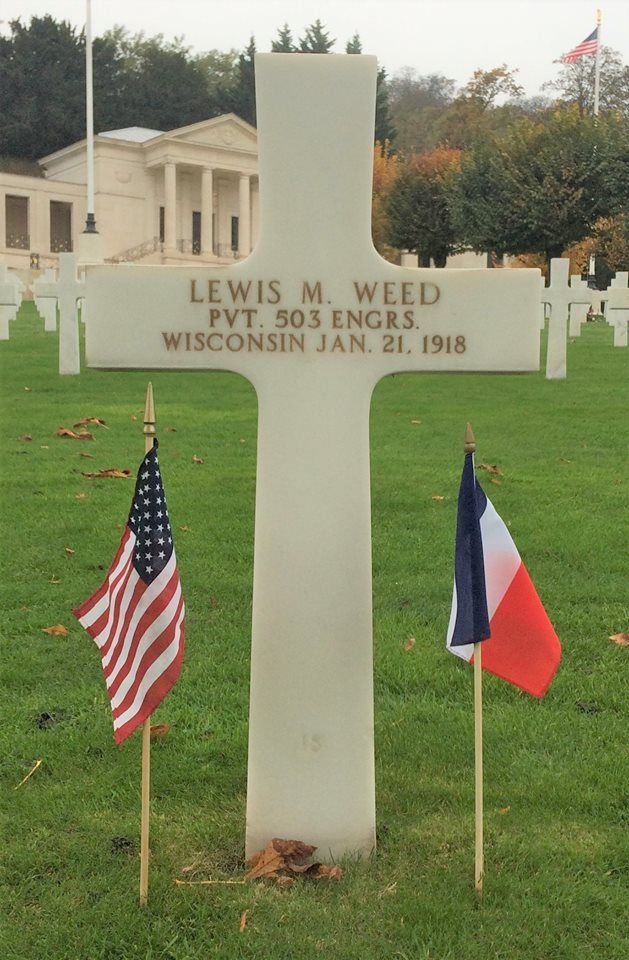
Private Lewis M Weed, D Company, is buried in the Suresnes American Cemetery, France.
Private James R Lowry, A Company, 503rd Engineers, is buried in the same cemetery.
They both died of broncho-pneumonia, a devastating killer during the war.